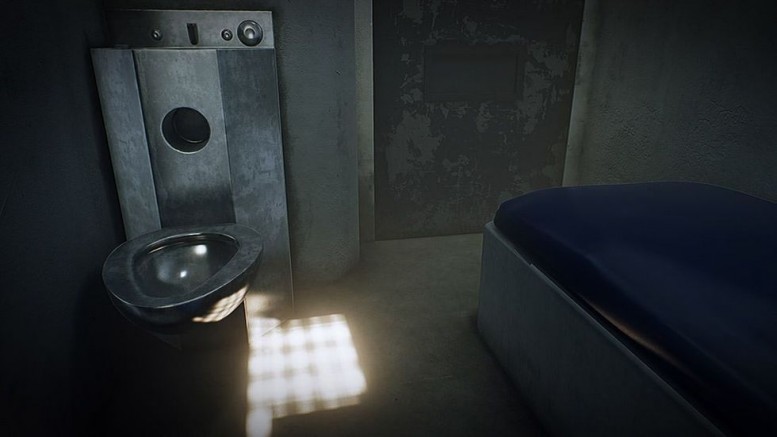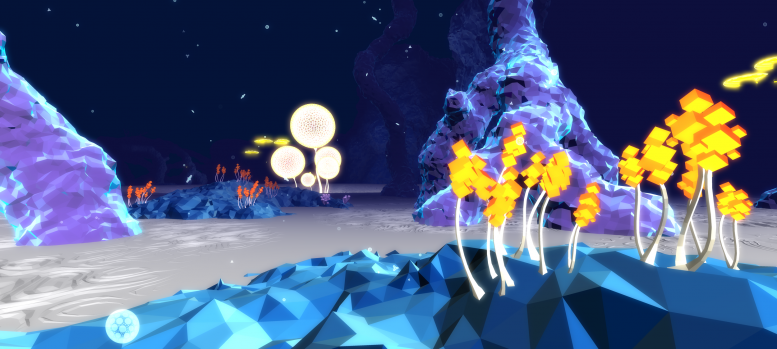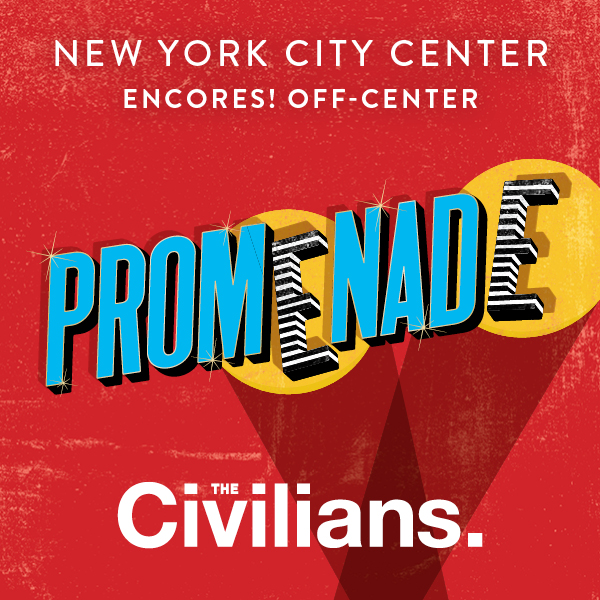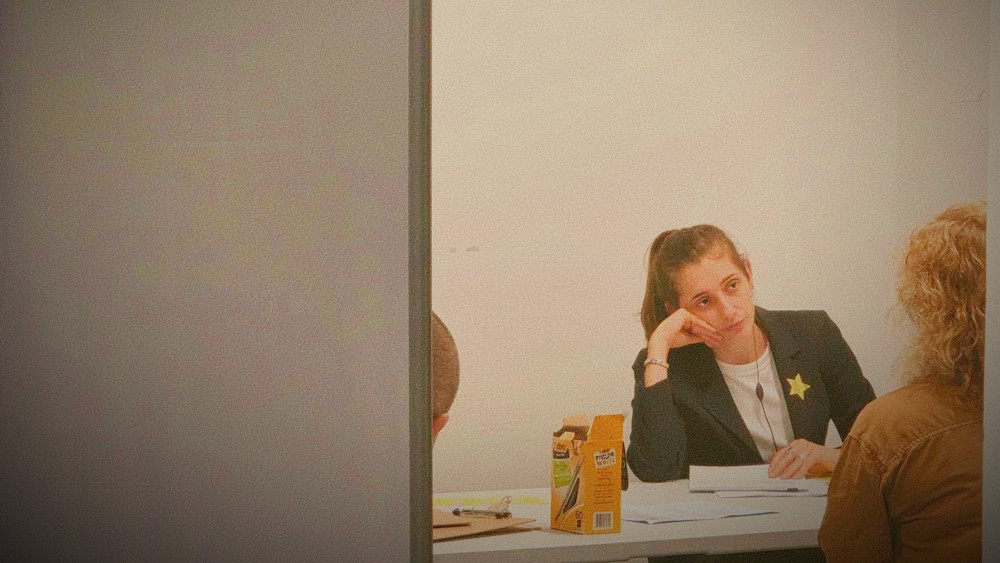The name of the game at this year’s Tribeca Film Festival’s Storyscapes is virtual reality, or as the kiddies call it, VR. Of the 10 presentations this year’s annual digital and transmedia innovation exhibition, six utilize VR in some fashion. Whether using Samsung Gear which slides a Samsung phone into a wireless headgear or a multi-cabled approach that has the audience member tethered to a computer, the experiences on display hoped to transport people to places they’ve never been.
“DEEP VR” offered the tethered experience — and a bound one. In addition to the VR headset and audio headphones, the user straps a band around the abdominal area, which allows the program, which simulates a deep sea dive, to monitor breathing. Breathe in deeply, you rise in the water. Exhale, and you drop. Just like with deep sea diving.
Niki Smit, one of the creators of “DEEP VR,” doesn’t see VR as a replacement for experiencing nature. He sees it as an alternative. “DEEP VR” uses yogic breathing techniques, and he and his co-creator, Owen Harris, hope that people who enter into this experience create learn these techniques and implement them into their daily lives.
“I think it will create a new medium,” Smit says. “VR is about the body. It’s not only about the eyes anymore, like T.V. and books and movies and paintings are. It’s about the sense of your body being in another place.”
They’re currently working with Radboud University in the Netherlands to test “DEEP VR” for children at risk, for anxiety prevention, and anger issues. They also consider VR as a possible extension to meditation.
“We see that some of the best VR experiences are just that — being in another place for a moment. And that can have huge therapeutic impact.”

“6X9: An Immersive Experience of Solitary Confinement,” also transports the audience to a place they’re unlikely to ever visit: solitary confinement. Co-directed by Francesca Panetta and Lindsay Poulton of The Guardian, “6×9” aims to recreate the claustrophobic surroundings of a cell while sharing information and personal stories of inmates. Throughout, background sounds, which were provided by Frontline, act as an unsettling soundtrack for the experience.
There are six “hot spots” that appear in the cell with you in the form of objects. Look at the cot, a letter appears and the voice of an inmate reads a letter he wrote for his love. As your gaze locks onto different objects in the room, different stories emerge. Panetta interviewed previously incarcerated inmates and two psychologists who studied the psychological effects of solitary confinement and used the actual recordings in the experience. An app that will work with Google Cardboard will be available for download in a few weeks.
Jarrad Bladich, of The Mill, the VFX studio that built the interior of the cell, spoke about the relationship of VR to theater.
“That’s all about staging,” said Bladich. “You deal with 360 spaces. And everyone’s always wanting to make use of the space as best as possible, and I think theater understands that. Probably more than anything. So whether it’s going to be with a live action piece or how you choreograph CG, I think, ultimately, we’ll learn a lot from how theater creation informs us.”
Bladich said The Mill is gearing up for a VR project with the National Theatre in London later this year. Last year, the National Theatre used Google Cardboard to share the VR experience “Fabulous Wonder.Land,” inspired by wonder.land, a musical produced by the theater.
“I think VR and theater are going to be best friends,” smiled Bladich.
Author
-

James Carter is a writer and experience designer. He was a founding member of terraNOVA Collective and its associate artistic director for eight years. Recent transmedia plays include "FEEDER: A Love Story" (terraNOVA/HERE, NYC) and "NY_Hearts" (One Muse Presents & The Brick Game Play Festival). James also works as a social impact strategy and research consultant for Lina Srivastava, LLC. He has written for the Creators Project, Culturadar.com, ArtsFwd and Theatre Communications Group.
View all posts










